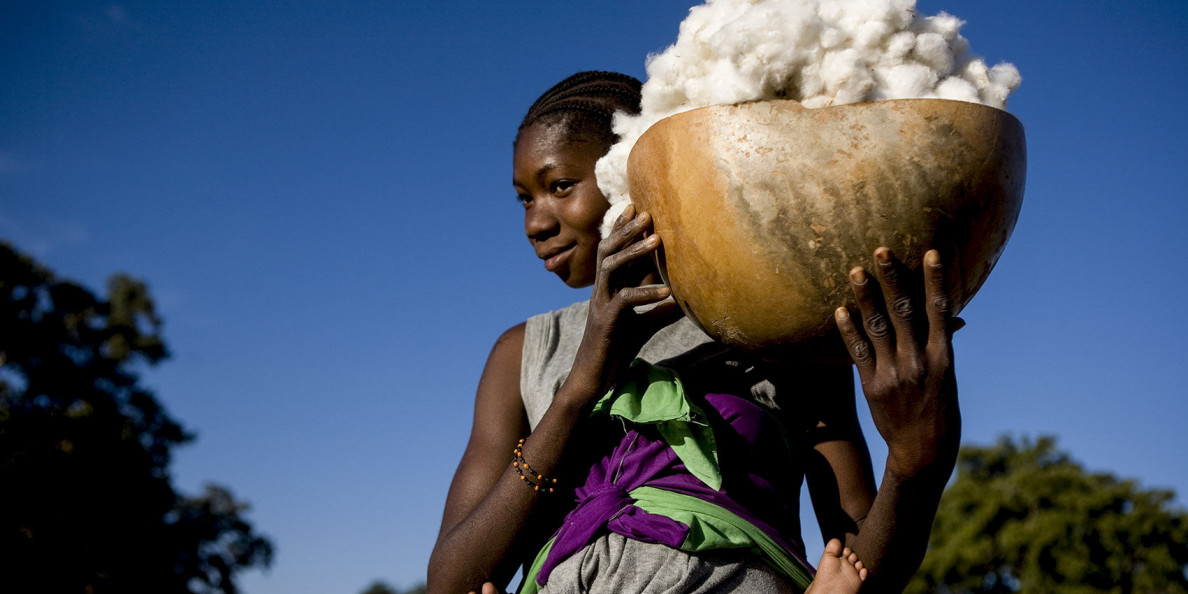The Better Cotton Mali team is working with longstanding partner, Compagnie Malienne pour le Développement des Textiles (CMDT), to help demonstrate the impact of sustainable soil management techniques to Better Cotton Farmers. Better Cotton works closely with partners on the ground to help cotton farming communities adopt better soil health practices.
Cotton is Mali’s principal crop and second largest export. However, cotton farmers in Mali face multiple challenges, including irregular weather and shorter growing seasons, fluctuating prices and high input costs, and poor soil health. In particular, the soils are low in organic matter, so the plants aren’t benefiting from the nutrients inherent to healthy, thriving, biodiverse soils. They’re also low in the vital minerals all plants need like nitrogen, phosphorus and potassium, Better Cotton said in a press release.
“Our aim was to raise awareness of local soil health challenges, explain the benefit of sustainable practices, and work together with farmers to implement action plans, based on practical demonstrations and field-based support. We also supported soil testing as an important means of checking soil health to help inform any fertilisation efforts,” said Better Cotton.
This began with understanding how farmers currently fertilise their fields. Better Cotton interviewed 120 farmers to get an idea of prevalent practices. It also identified four good demonstration plots and sent soil samples for laboratory analysis. Among the findings, they noticed that farmers were applying the same level of mineral fertilisers to all their fields (despite the different needs of the soil), the organic matter they were adding wasn’t enough in relation to the soil’s needs, and they weren’t including enough legumes when rotating crops.
“We adapted our training to suit their needs, starting with training those CDMT representatives who’d be helping farmers on the ground. From there, we were ready to develop a three-year plan that would really help farmers move forward and grow healthier crops. The goals of the plan include reducing the use of synthetic fertilisers and improving soil organic matter, which assists in improving soil moisture retention,” explained Better Cotton.
All the practices advised were designed to restore, maintain, and monitor soil fertility. For example, in addition to taking soil samples and having them analysed, Better Cotton recommended using well-decomposed organic manure, which farmers could get from local cattle farmers or their own cattle. It also recommended adding mineral fertilisers to ensure the right levels of nitrogen, potassium and phosphorus, all vital for healthy crop growth. To help preserve the soil’s natural structure, promote moisture retention and reduce erosion, they also proposed reducing the frequency and depth of tillage (whereby farmers churn up the soil to prepare the fields for sowing). Instead, they suggested that farmers use dry hoeing and dry scraping to help the soil retain its structure.
As Better Cotton establishes the demonstration plots in 2022, they’ll keep supporting farmers throughout, monitoring their progress and helping them to achieve continuous improvement. Importantly, these efforts will help to develop a similar programme in Mozambique, and they’ll also help inform Better Cotton’s 2030 soil health target to support all Better Cotton Farmers in achieving healthier soils.


